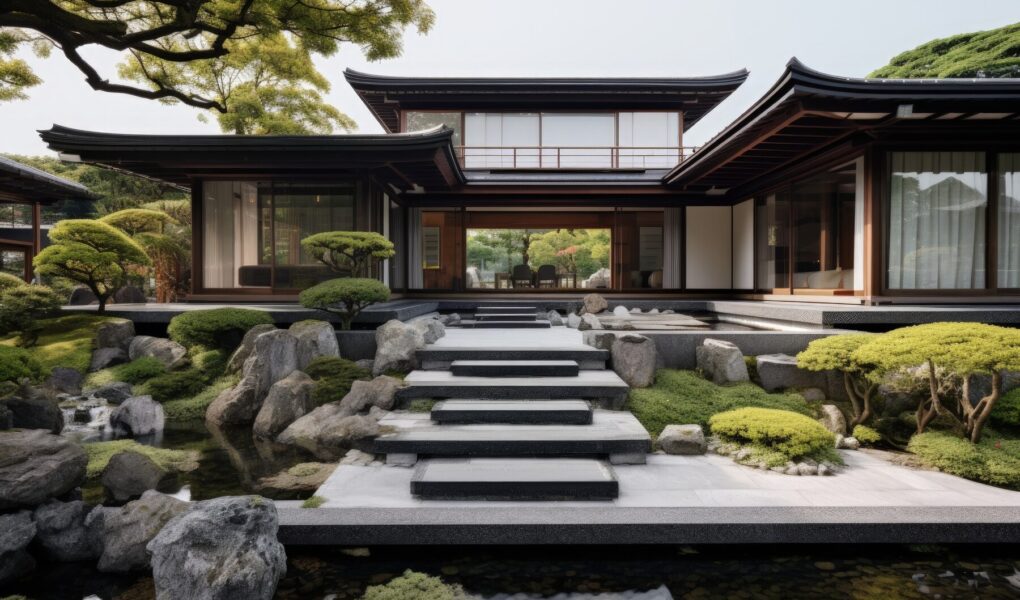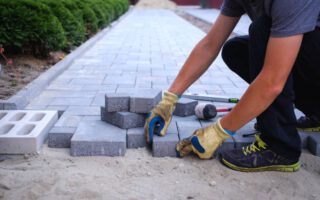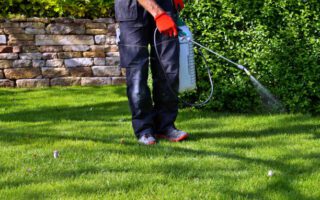Key Takeaways:
- Discover modern landscaping techniques that can transform any outdoor space.
- Learn practical tips for maintaining your landscape throughout the year.
- Explore diverse design elements for a personalized touch.
Table of Contents:
- Introduction to Modern Landscaping
- Innovative Plant Selection
- Sustainable Landscaping Practices
- Hardscaping Techniques
- Water Features and Fountains
- Seasonal Maintenance Tips
- Integrating Technology in Landscaping
- Conclusion
Contents
Introduction to Modern Landscaping
Modern landscaping offers a unique canvas for expressing creativity while rejuvenating your outdoor spaces. Unlike traditional landscaping, modern approaches incorporate a mix of art, science, and innovation to craft spaces that are not only beautiful but also functional and sustainable. This fusion allows individuals to use their outdoor areas in many ways, from hosting gatherings to providing a private sanctuary for relaxation. Moreover, modern landscaping designs can increase property value, making it a wise investment for homeowners looking to enhance their exterior environments.
Innovative Plant Selection
When creating an eye-catching landscape, choosing the appropriate plants is essential. A landscaping contractor may recommend using a variety of native plants, as they require less fertilizer and watering due to their adaptation to local soil and climate. These plants offer a low-maintenance yet beautiful garden. To add visual interest, incorporating a few exotic species can introduce unique colors and shapes that stand out. When choosing plants, it’s essential to consider factors like sun exposure, water needs, and growth patterns. Grouping plants with similar requirements fosters a thriving ecosystem, ensuring your garden’s health and longevity.
Sustainable Landscaping Practices
Sustainable landscaping practices are at the heart of modern garden design, promoting ecological balance and resource conservation. Homeowners can effectively manage stormwater runoff using green infrastructure, such as rain gardens and porous surfaces. Drought-resistant plants minimize water usage, while drip irrigation systems ensure efficient water distribution. Composting organic waste creates nutrient-rich soil amendments, reducing dependency on chemical fertilizers. By supporting plant health and reducing garden upkeep, these techniques let you enjoy your outdoor haven more.
Hardscaping Techniques
Hardscaping provides the structural backbone of a garden, balancing natural elements with constructed features. Materials like permeable pavers allow rainwater to seep into the ground, reducing runoff and supporting water conservation efforts. Recycled materials, like bricks or salvaged wood, reduce their adverse environmental effects while giving your landscape personality and a backstory. Creative hardscaping can transform ordinary paths into artistic walkways or simple patios into cozy outdoor living rooms. These components improve outdoor living spaces while reducing their adverse effects on the environment and adding to the space’s overall functioning.
Water Features and Fountains
Water features add an undeniable allure to landscapes, offering visual interest and calming auditory experiences. Whether a small fountain or a large pond with koi fish, water elements invite tranquility and aesthetic appeal. They can serve as focal points within a garden, drawing attention and adding a multi-sensory experience to your outdoor environment. Moreover, water features can support wildlife, such as birds and beneficial insects, promoting biodiversity. Thoughtful placement and maintenance of these features ensure they contribute to your garden’s health and beauty, enhancing personal enjoyment and ecological impact.
Seasonal Maintenance Tips
Effective landscape maintenance requires adjusting practices to suit seasonal changes. In spring, focus on revitalizing plants with pruning to stimulate growth. Summer demands vigilant watering and pest monitoring to prevent damage from extreme weather conditions and invasive species. As autumn sets in, it’s time to mulch and protect plants for winter while cleaning up fallen foliage. During winter, assess the structural integrity of hardscaping and plan for next year’s projects. These tasks ensure the health and vitality of your garden throughout the year and prepare it for forthcoming seasons, facilitating seamless transitions and sustained beauty.
Integrating Technology in Landscaping
Technology’s integration into landscaping simplifies management while offering opportunities for customization. Systems like smart irrigation adjust watering schedules based on weather forecasts, ensuring plants receive optimal care without waste. Lighting systems controlled via smartphone apps can transform evening settings, providing ambiance for outdoor gatherings. Moreover, garden design software can help visualize and plan landscapes before breaking ground, minimizing costly mistakes and allowing experimentation with different arrangements and features. By incorporating technology, homeowners can amplify the effectiveness and allure of their landscapes, tailoring them to personal preferences and specific needs.
Conclusion
In conclusion, modern landscaping is a multifaceted endeavor that melds creativity with practicality. You can create an outdoor area that expresses your style and way of life using creative plant choices, ecological gardening methods, and thoughtful hardscaping. Incorporating sustainable practices ensures your garden thrives in harmony with the environment, offering a sanctuary that evolves with time and seasons. Technology further streamlines the maintenance and customization of your landscape, allowing for an inspiring blend of functionality, beauty, and personal expression. This approach transforms your garden and contributes positively to its ecological footprint, making it a true reflection of modern outdoor living.




